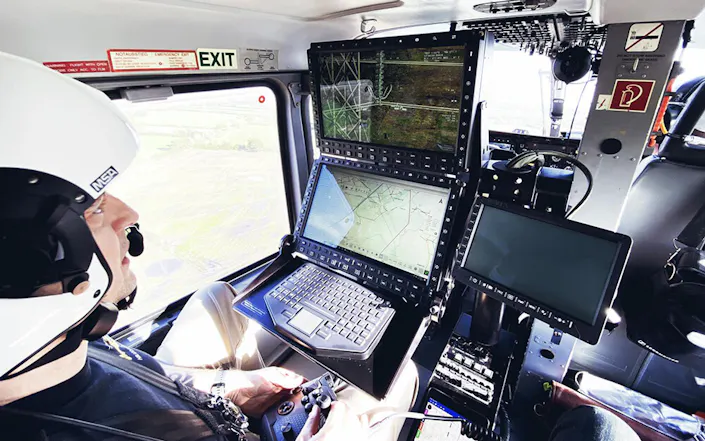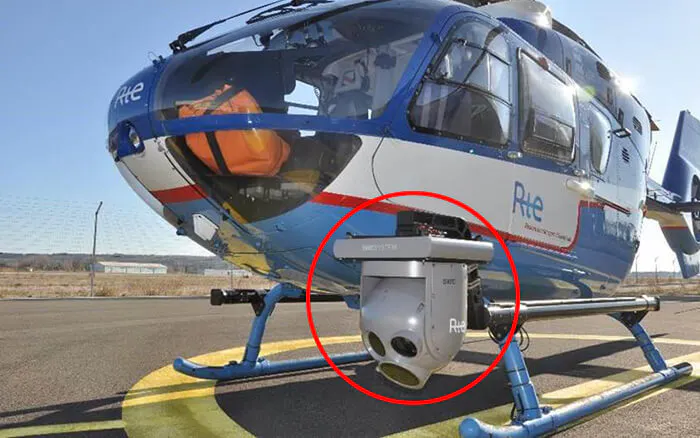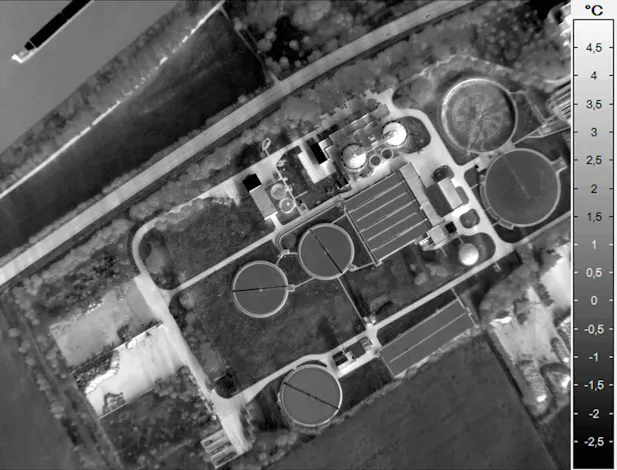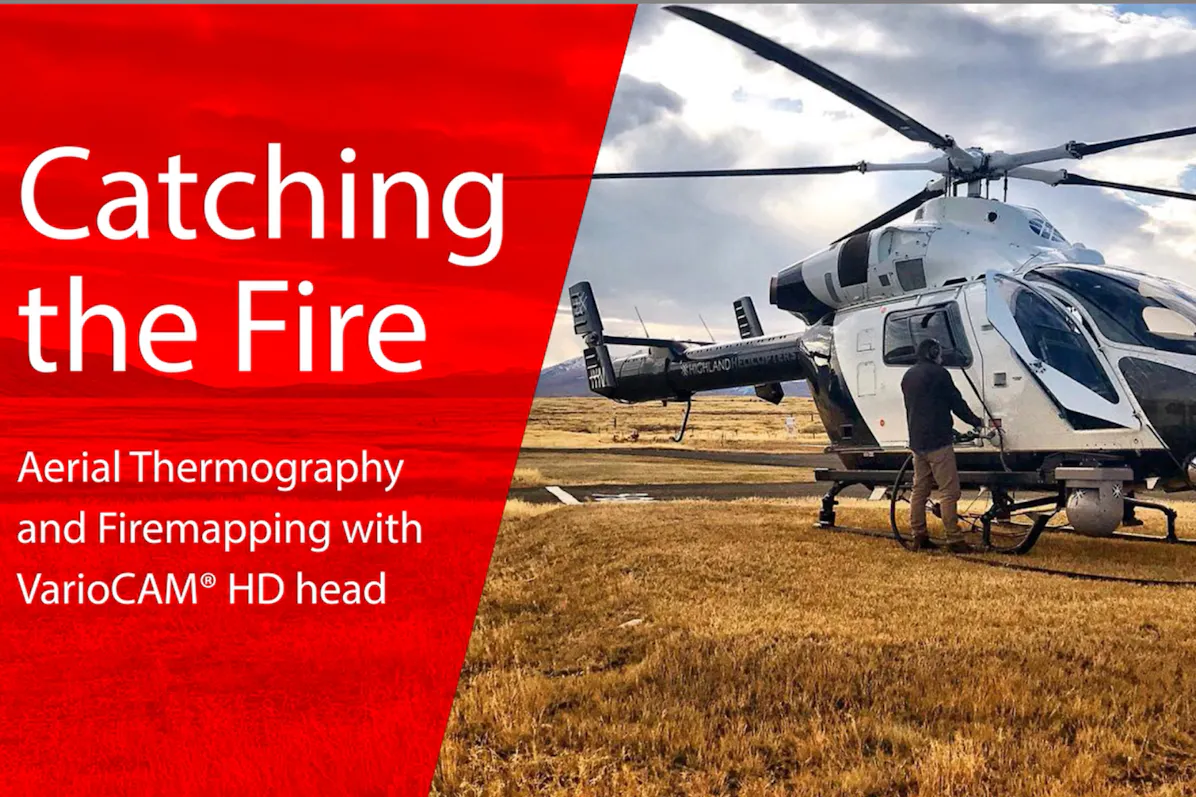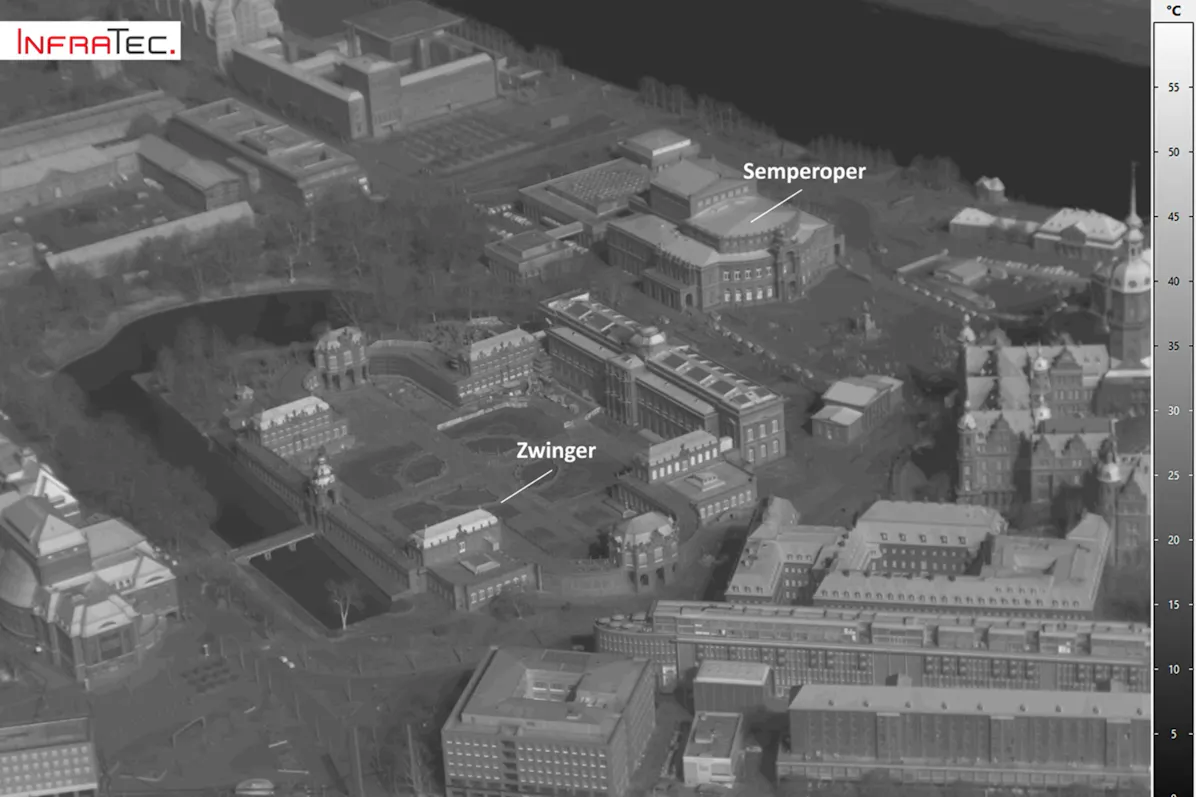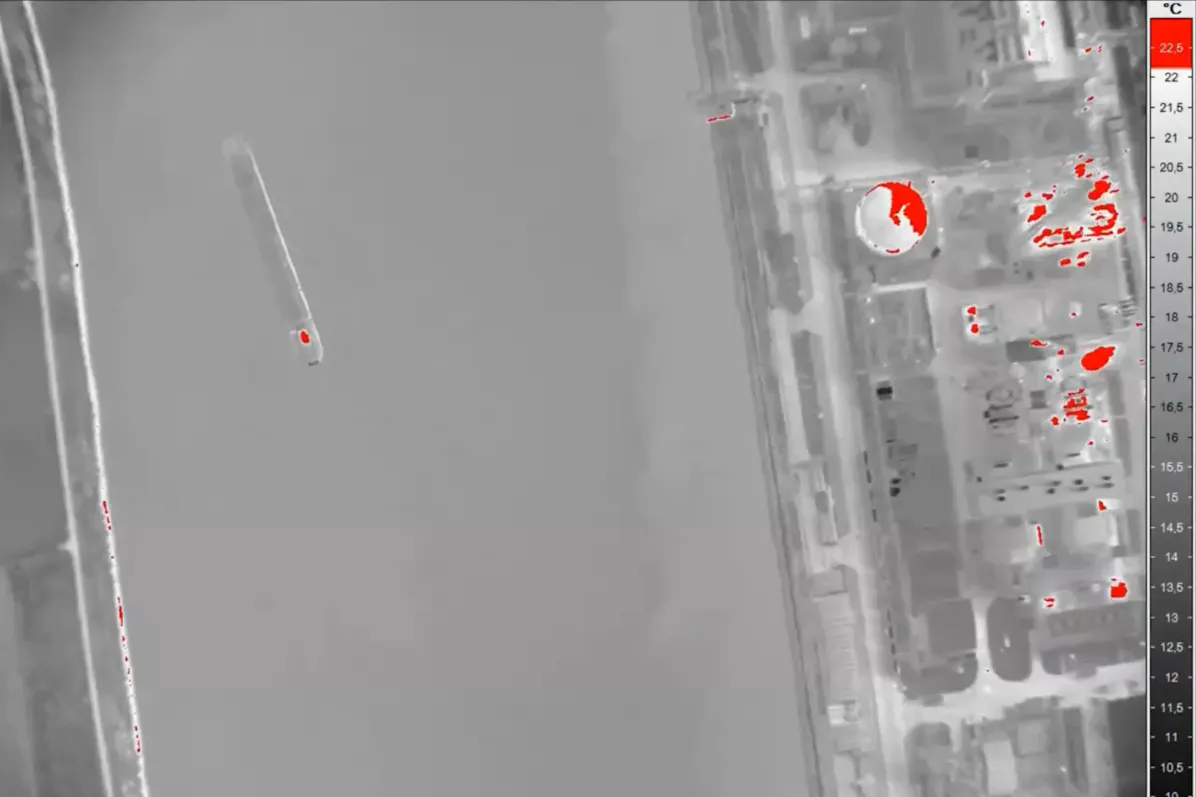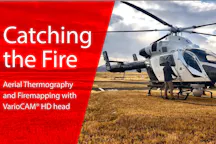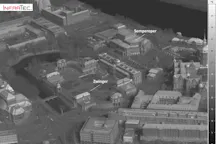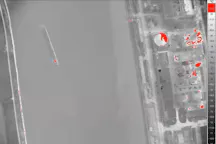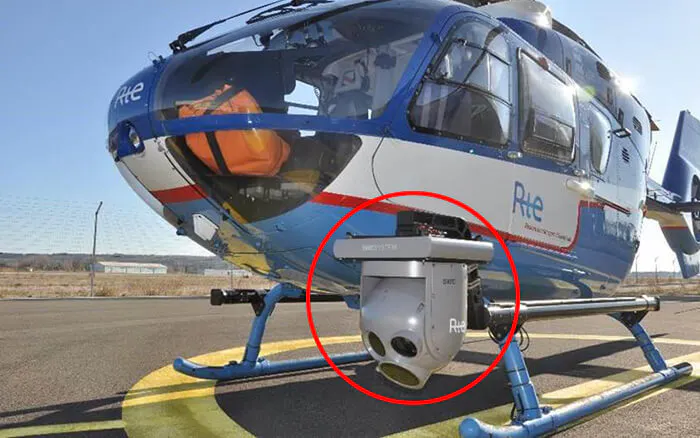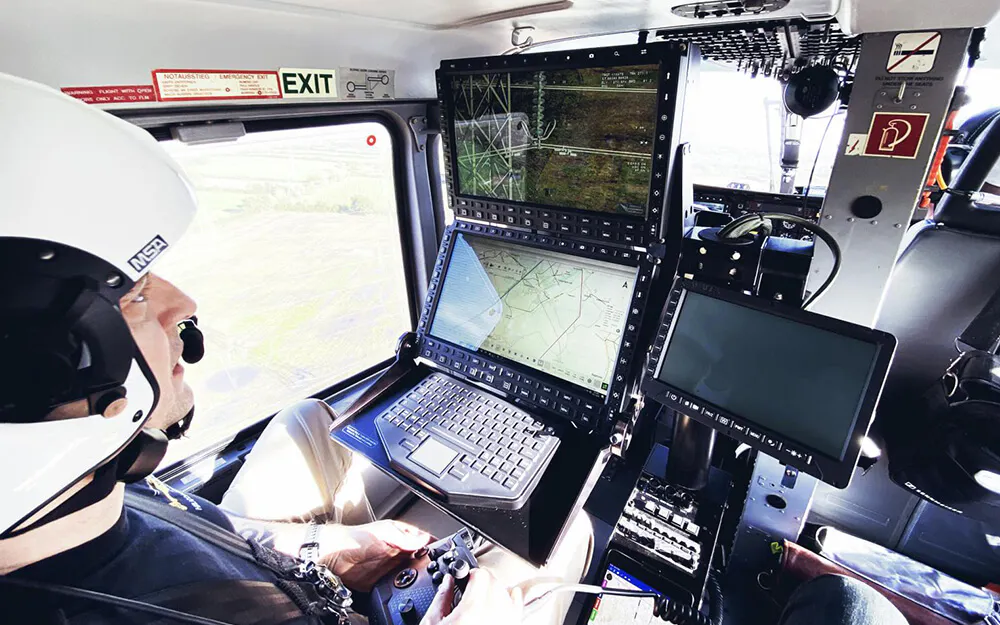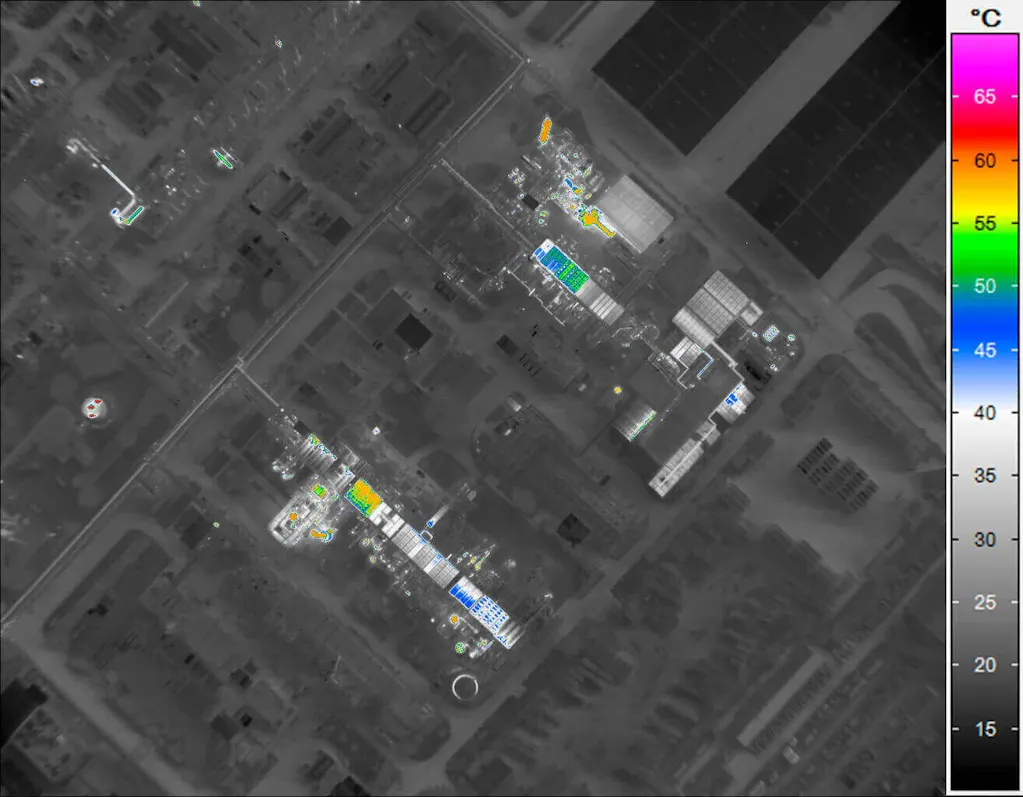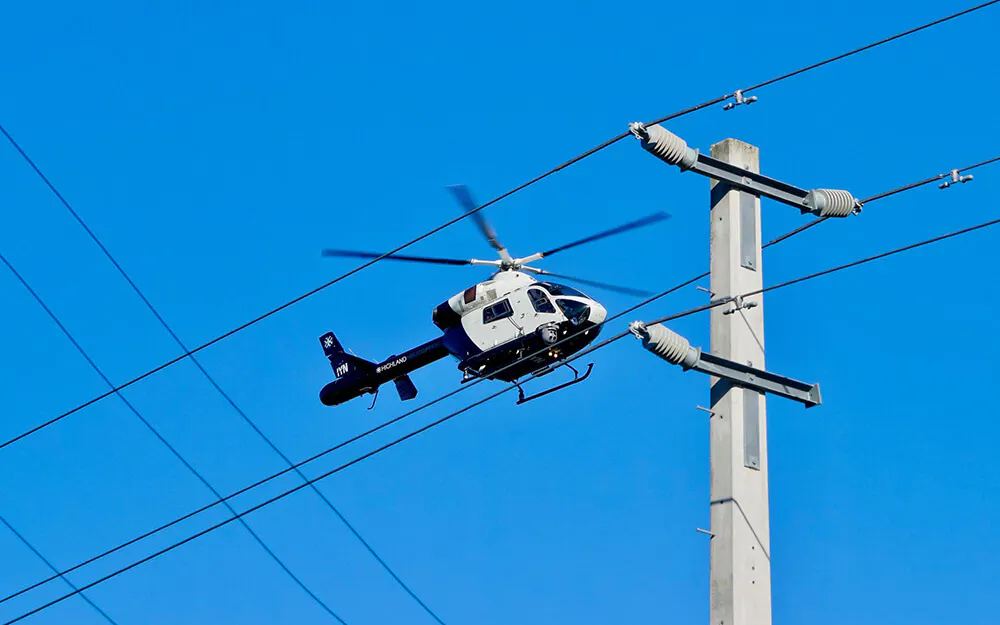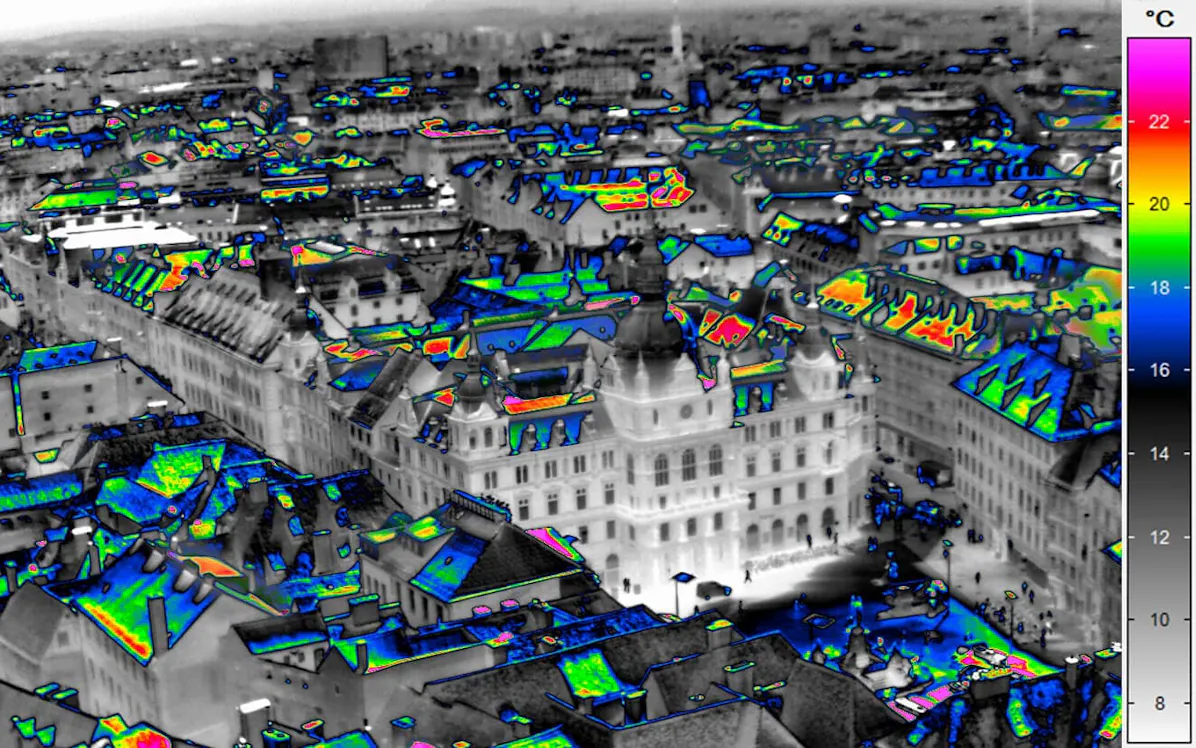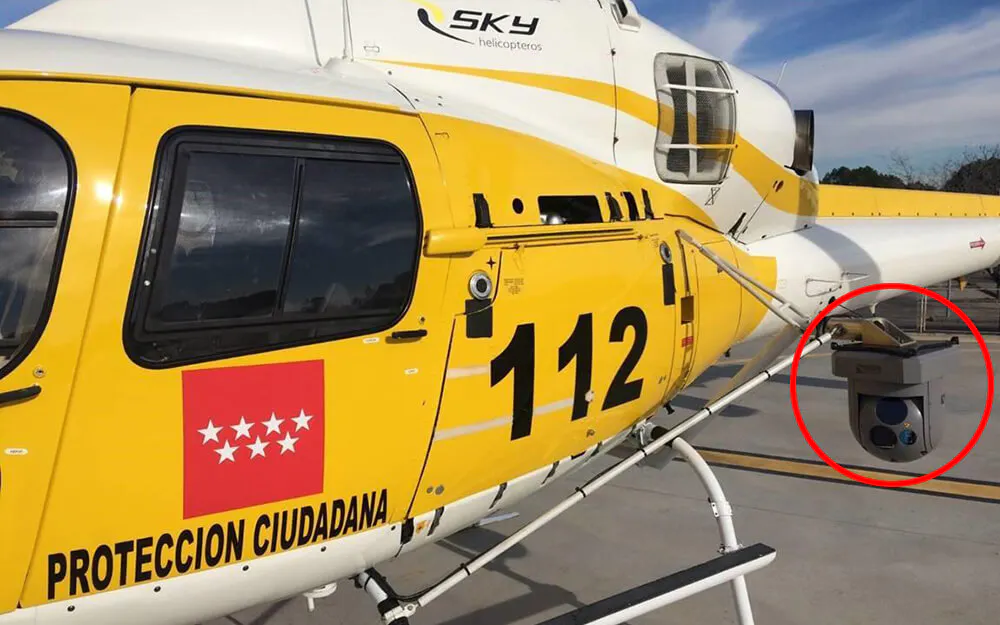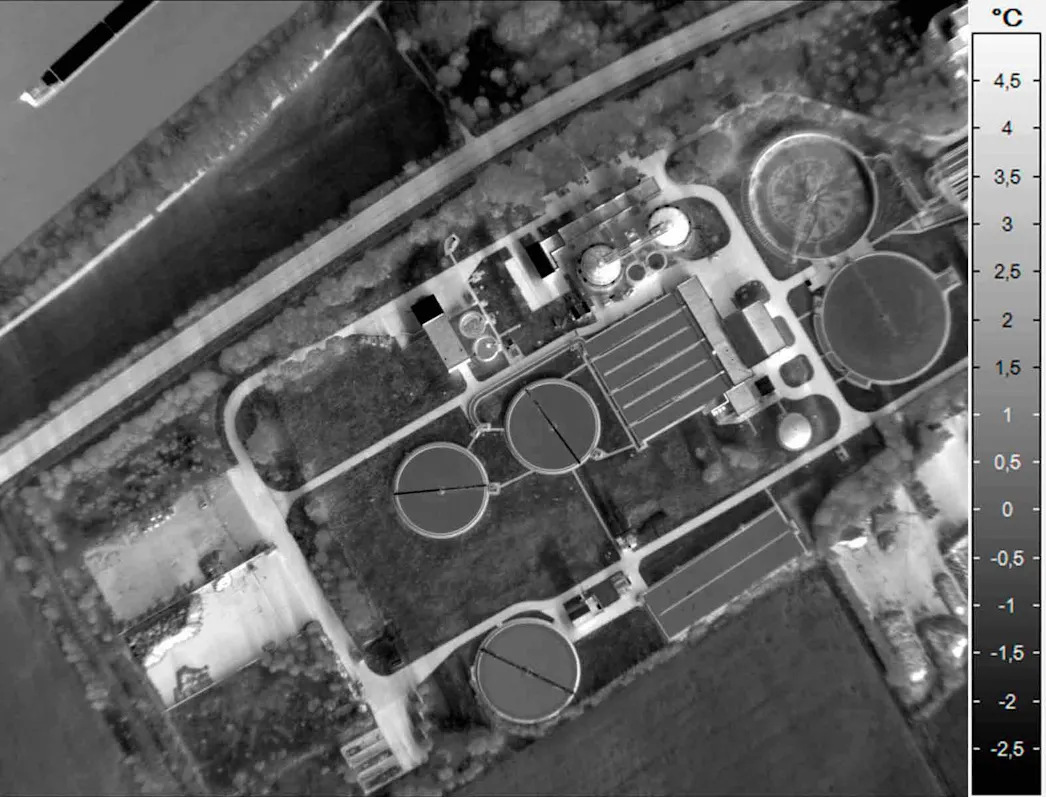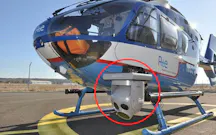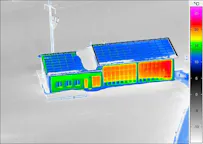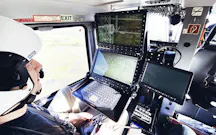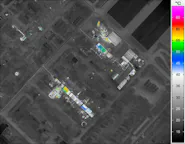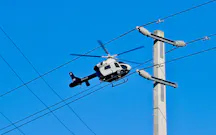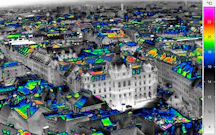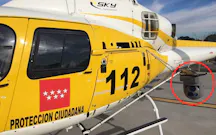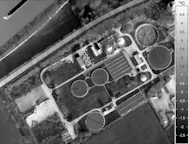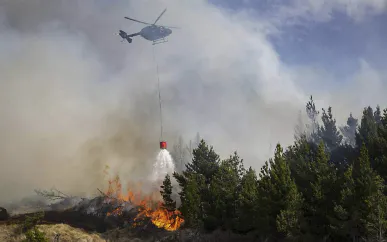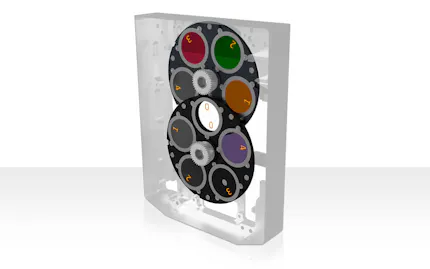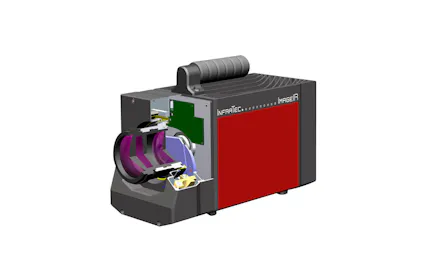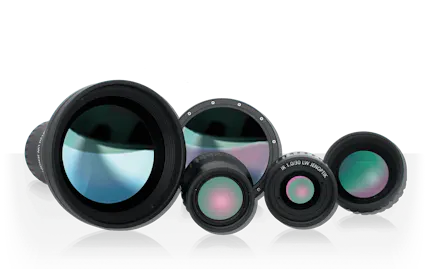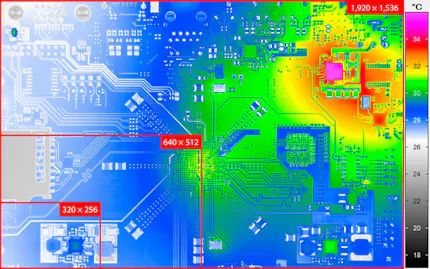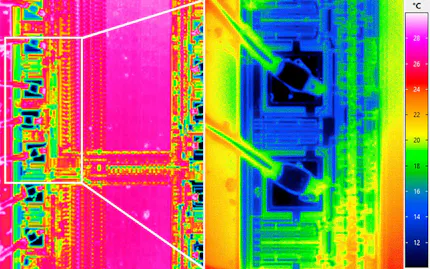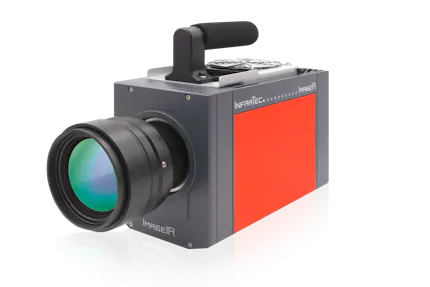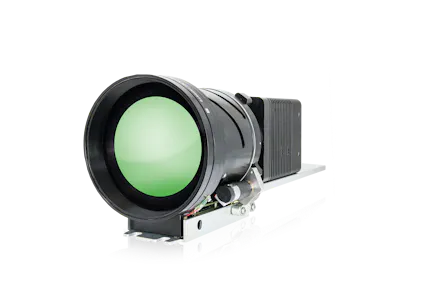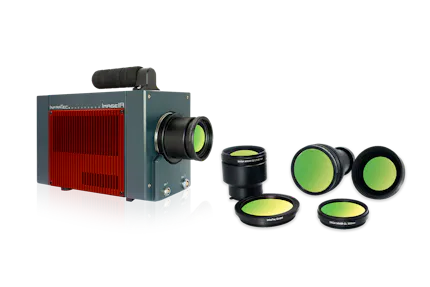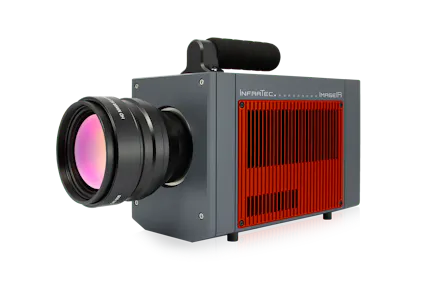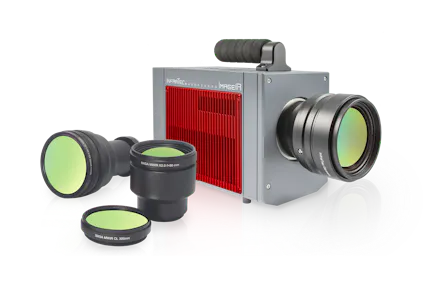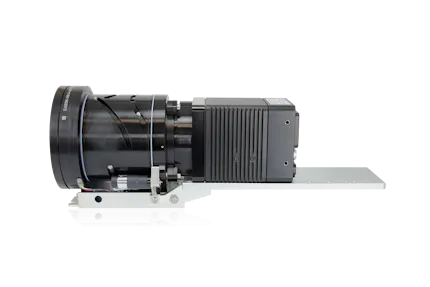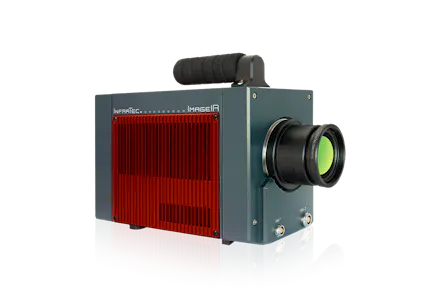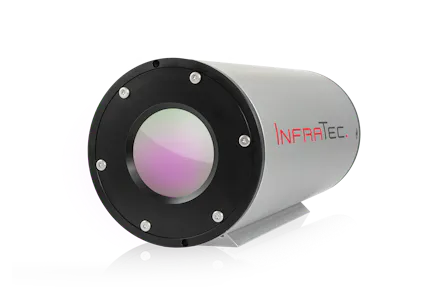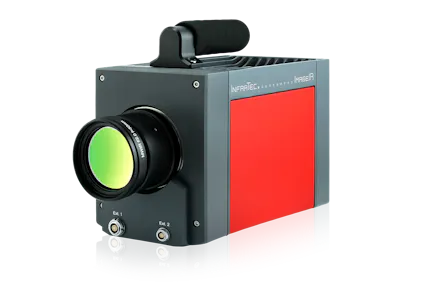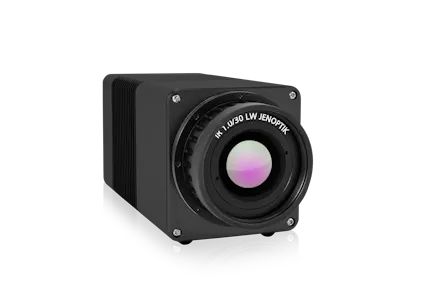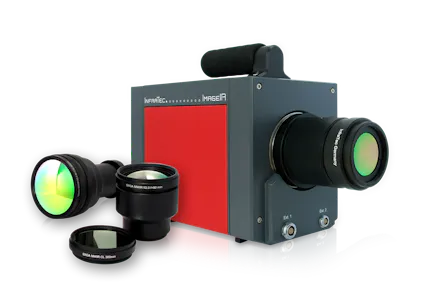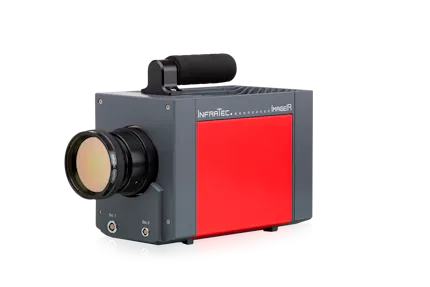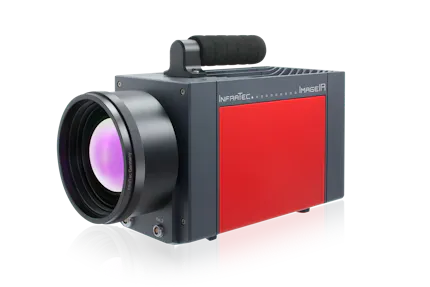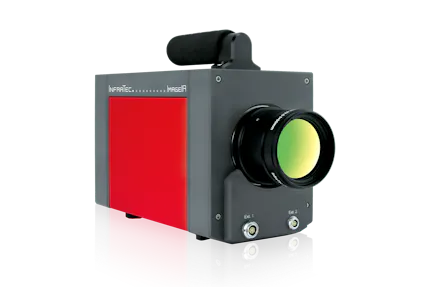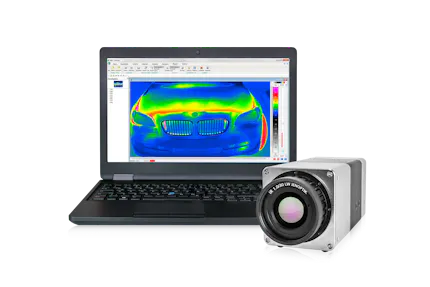Aerial Thermography
By using a helicopter equipped with an image stabilising gimbal, the infrared camera adds another dimension to the world of aerial thermography and the captured image data. An infrared camera in an elevated position provides an excellent thermographic overview for many fields of application. Depending on the task, aircraft as well as drones are also suitable as carriers and offer numerous options.
Possible Applications of Thermographic Flights
Aerial firefighting
Aerial fire mapping
Agricultural research and precision farming
Geo research with airborne infrared cameras
Thermal mapping with airborne camera platforms
Airborne inspection and maintenance of long-distance power lines
Wildlife counting and recording
Gimbal systems for helicopter mounting
High-Resolution Aerial Thermography
Aerial thermography: Definition, benefits, types, presence and future
Applications for thermography in airborne remote sensing and
Challenges of aerial thermography and technical requirements for an IR camera system
Important and relevant selection criteria
"The IGI EcoMapper – high-precision aerial survey in five spectral bands", Dr. rer. nat. Jens Kremer, Manager R&D, IGI mbH, Germany

Infrared Cameras for Helicopters and Aircraft
Are you looking for a “flying eye” in the infrared range? Your search has come to an end: InfraTec offers thermographic systems for use in a wide variety of airborne infrared applications and has been a reliable supplier of infrared cameras for over 30 years. InfraTec supports you as a competent partner in the implementation of your specific tasks in the field of airborne thermography.
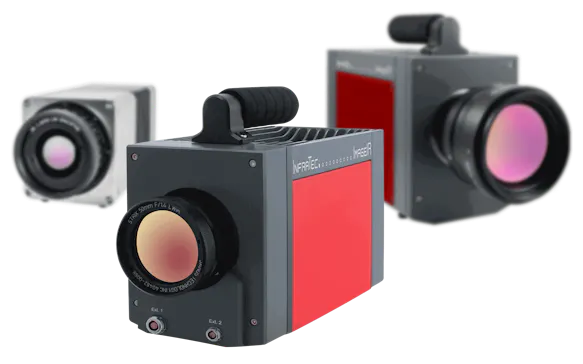
Infrared Cameras for other Airborne Thermal Imaging Projects
A cooperation with InfraTec takes you to the top – literally. If you're looking for a system partner that offers reliable, high-resolution infrared cameras for airborne systems, talk to the thermography experts at InfraTec. People who have been developing and manufacturing thermography solutions for over 30 years. Depending on the respective application, you can rely on different camera models or OEM developments.
Feel free to contact us if you would like to know more about a possible cooperation.
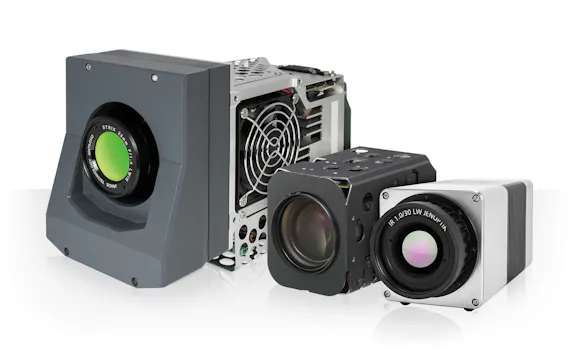

Would You Like to Know More?
It is not unusual for tasks to be associated with special requirements. Discuss your specific application needs with our specialists, receive further technical information or learn more about our additional services.
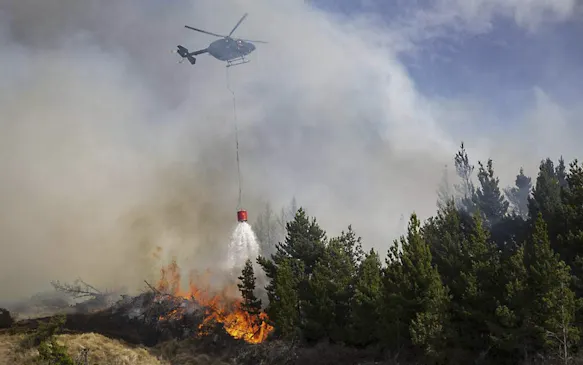
Firefighting from the Air
An infrared camera can also be used to monitor the proper discharge of water containers from the air, as a form of primary forest firefighting. Even in the vicinity of smoke and flames, the distribution of firefighting water can be made visible due to the high thermal resolution of the infrared camera. This in turn allows the response team to quickly evaluate the efficiency of the water tank discharge and where there is still a need for more.
Numerous airborne reconnaissance systems enable InfraTec infrared cameras to provide reliable support for those risking their lives on the ground to fight fires. InfraTec's VarioCAM® HD and ImageIR® camera series are not just infrared cameras, but high-resolution, radiometrically calibrated thermographic systems. They therefore have the ability to measure temperatures even from a great distance. In addition, missing persons can be detected from the air.

Aerial Fire Mapping / Fire Mapping
The number of bushfires and forest fires is increasing worldwide. Fighting them on the ground is made much more difficult by inaccessible terrain and the danger to life posed by the fire. In such cases, aerial fire mapping can provide a remedy. It provides a holistic overview and, with high-resolution thermographic systems, a reliable assessment of the situation. Based on the information gained, firefighting on the ground can be better coordinated and more targeted. Even in smoke, fog or poor visibility conditions, an infrared camera provides the most accurate data.
Airborne fire mapping is the best possible real-time tool for detecting and fighting forest fires. Helicopters are particularly suitable for this purpose, as their flexibility and manoeuvrability allow them to be used even in critical flight situations. In combination with a radiometrically calibrated infrared camera on board, experienced firefighters can quickly and reliably analyse the given situation from the air. Thermography can be used to create a ground temperature map in real time and generate a comprehensive overview of forest fires. The temperature measurements also make it possible to distinguish between burning forest, building structures and mammals or people trying to escape. Measurements on vehicles or industrial structures help to find other sources of dangerous fire.
Agricultural Research and Precision Farming
Climate change is creating new challenges for modern agriculture. Lack of rain dries out soils and affects groundwater distribution. For a comprehensive soil assessment, an airborne thermography system can provide important data on the moisture content of the subsoil by recording soil temperature. This aerial monitoring helps to apply irrigation in the right places and avoid unnecessary waste of water. Airborne platforms, such as drones, with thermography systems are ideal for analysing soil moisture and other soil conditions comprehensively and from an elevated perspective. With the help of the collected thermographic measurement data, irrigation measures as well as plant growth can be assessed.
Infrared cameras of the VarioCAM® and ImageIR® series also support airborne crop research in the field of precision farming.
Infrared cameras are able to capture high-resolution infrared images from the air, regardless of visibility conditions, day or night. InfraTec's thermography systems operate in the mid (MWIR) and long wave infrared (LWIR), optional filtering can support spectral detail investigation of soil properties such as composition and thermal conductivity. Mineralogy, mining, basic research and the development of space sensors are geoscience applications that can be carried out by airborne thermography systems. But wildlife research also benefits from the results of aerial thermography, as the increased perspective allows for improved wildlife statistics, for example.
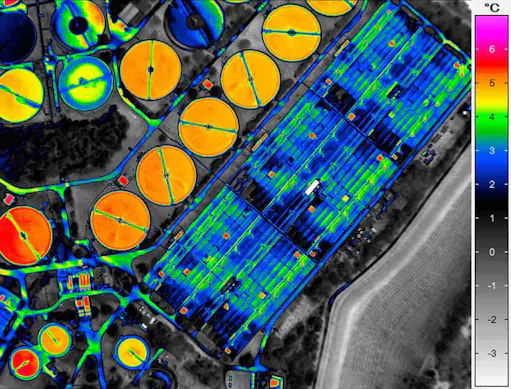
Thermal Mapping with Airborne Camera Platforms
Airborne thermal mapping is an essential tool to map the energy budget of individual municipalities on an area-by-area basis. In this way, efforts by municipalities to develop a zero-energy urbanity can be supported by collecting thermographic data quickly and efficiently. The VarioCAM® and ImageIR® infrared camera series provide the robust tools needed to record and collect the necessary thermographic data from aerial platforms such as drones.
Furthermore, distributed heating networks require extended and efficient remote maintenance. With airborne thermography systems, an instant overview of the network's condition can be created. This allows teams on the ground to react immediately to defects and leaks using a thermal map created by the airborne monitoring platform.
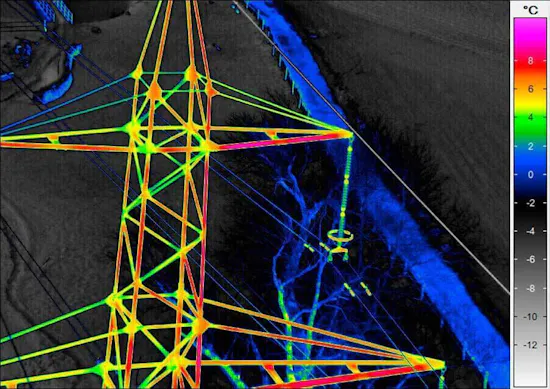
Airborne Inspection and Maintenance of Long-distance Power Lines
Electric long-distance power lines form the infrastructure backbone of any country. In order to safely meet the needs of the inhabitants and the local industry, trouble-free as well as uninterrupted availability is a must for power suppliers. To ensure this, infrared cameras are used, which are mounted on helicopters for inspection purposes. A proven inspection method for years.
The main task of the thermography system is to detect "hot spots" along the power line and on insulators. This detail is a proven indicator of material defects that can lead to system damage or failure. Thermography is also a reliable method for remote non-contact detection of hot spots in underground electrical cables, which also works perfectly from airborne platforms from an elevated position. Alternative visual inspections near the ground do not offer the speed and efficiency of an airborne thermographic inspection. When using video cameras or binoculars, the probability of detection is much lower and the movement from the air is much slower.
Thermography Solutions from InfraTec
Relevant Infrared cameras from InfraTec
The high measurement accuracy of the camera series VarioCAM® and ImageIR® required for applications in the field of aerial thermography is the result of more than 30 years of experience in the development of thermographic systems. Numerous scientific cooperations and participations in research projects as well as the regular exchange with our customers and partners enable us to optimally adapt our infrared cameras to your requirements.
Discover the variety of InfraTec infrared cameras
Further details about high-end camera series ImageIR®
Further details about camera series VarioCAM® High Definition
Gimbal Systems for Helicopter Mounting
InfraTec offers various infrared camera systems for fixed mount use in airplanes as well as for integration into precision gimbals. Thereby, the infrared camera can be exactly positioned within a µrad range to track automatically. A handy remote control allows for camera operation directly via the control of the gimbal.
Gimbals, or gyro-stabilized platforms, have been used for many years as very effective systems for airborne thermography in the inspection of high-voltage power lines, pipelines and industrial plants, as well as in the search for energy and material pollution.
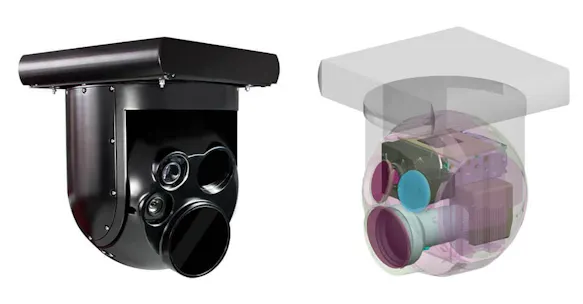
Due to their high-precision stabilization, images of distant objects can be accurately captured despite movement of the airborne vessel carrying the gimbal. Integrated into the gimbal are cameras for both, the visible (visual camera) and in the infrared radiation spectrum (infrared camera), a laser rangefinder and laser target designators.
Advantages of the VarioCAM® High Definition and ImageIR® Camera Series
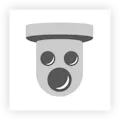
into gyro-stabilised gimbal systems of helicopters, aeroplanes, drones or other aerial platforms
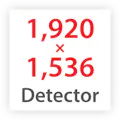
thermographic systems in HD format with (1,024 x 768) to (1,920 x 1,536) IR pixels

of ± 1 °C / ± 1 %
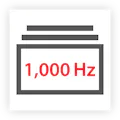
up to 1,000 Hz for fast and efficient monitoring missions

of infrared lenses for optimal field of view adjustment
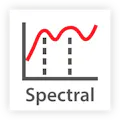
possible
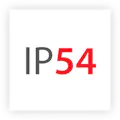
(IP54 to IP67) with protection grade LEMO® connectors for secure data transmission and uninterrupted availability
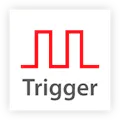
for GPS synchronisation and connectivity to inertial measurement systems
Thermography Software for Analysing the Data
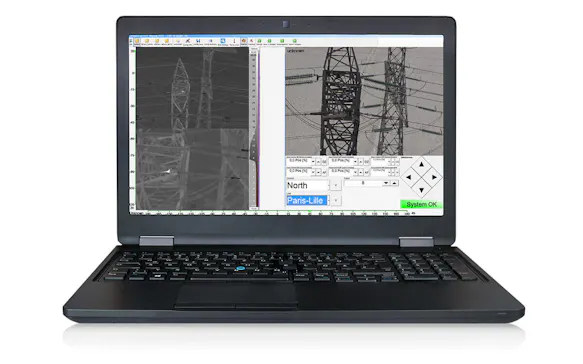
VarioCAM® and ImageIR® thermography systems offer as an additional advantage the innovative IRBIS® 3 software with a comprehensive range of functions as an indispensable tool for demanding thermography tasks. This software is the ideal instrument for fast analysis of thermographic measurement data and for convenient creation of thermographic reports.
Numerous analysis functions and tools
Extensive visual representations of the measurement data
Professional creation of thermographic reports
Convenient camera control and data acquisition
Modular concept enables application-specific configurations
SDK enables camera integration into existing systems
Data storage takes place at the camera's maximum frame rate
Online differential image mode and temperature profile display
External trigger option, retrigger, multiple signal sequence, pretrigger
Freely definable temperature trigger
Parameterisation of measuring fields and threshold values, alarm function
